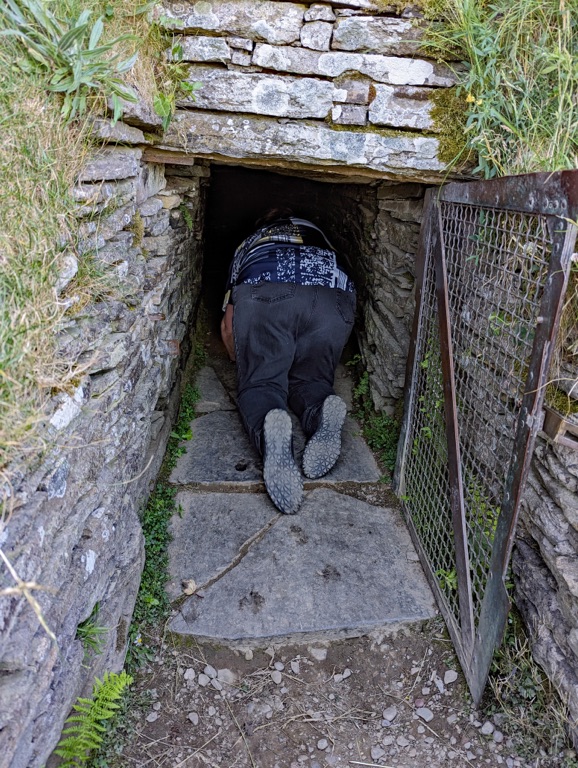Cuween Hill Chambered Cairn is a Neolithic burial site shrouded in mystique and ancient charm. This remarkable structure lies atop Cuween Hill on Orkney’s Mainland in Scotland, offering sweeping views of the surrounding landscapes. Visitors step back over 4,000 years in time upon entering the cairn’s main chamber, which branches into four small cells. Historically, it served as a communal tomb, a final resting place for the bones of the ancients. Carved from solid rock and earth, this historic marvel tells the stories of a civilization long gone, but whose legacy resonates through time.
Funerary Structures
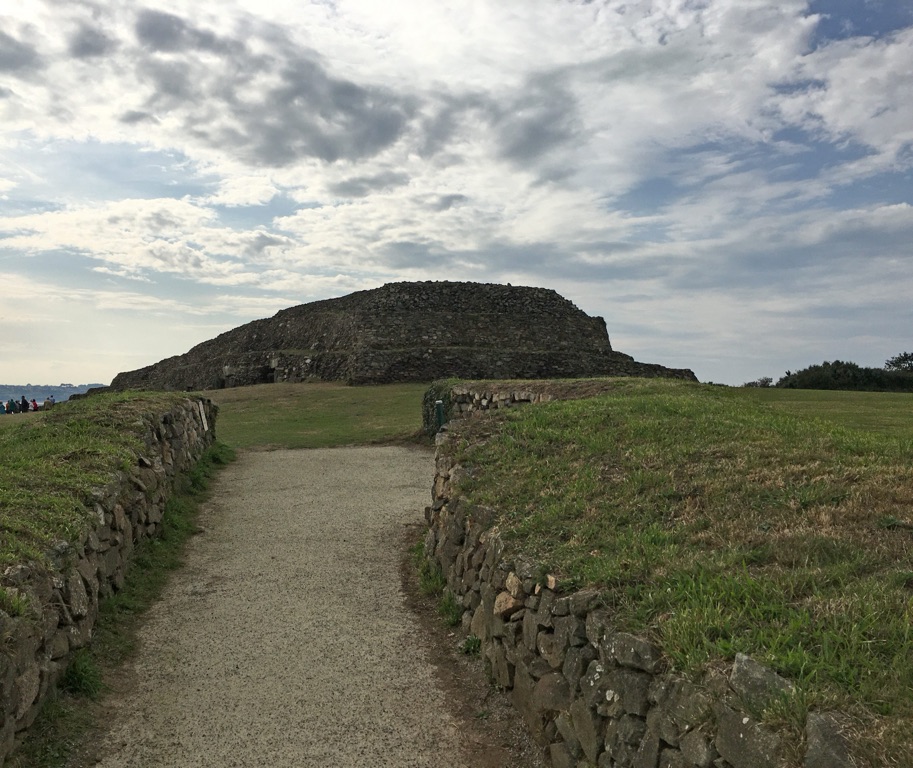
Cairn of Barnenez
Located in Brittany, France, the Cairn of Barnenez stands as one of the most remarkable prehistoric monuments in Europe. Dating back to around 4500 BC, it consists of two separate but adjoining cairns, which form an imposing megalithic structure. The site spans 75 meters in length and reaches eight meters in height, showcasing an impressive architectural feat for its time. Its numerous chambers and intricate stone carvings reveal important insights into the rituals and beliefs of its Neolithic creators.
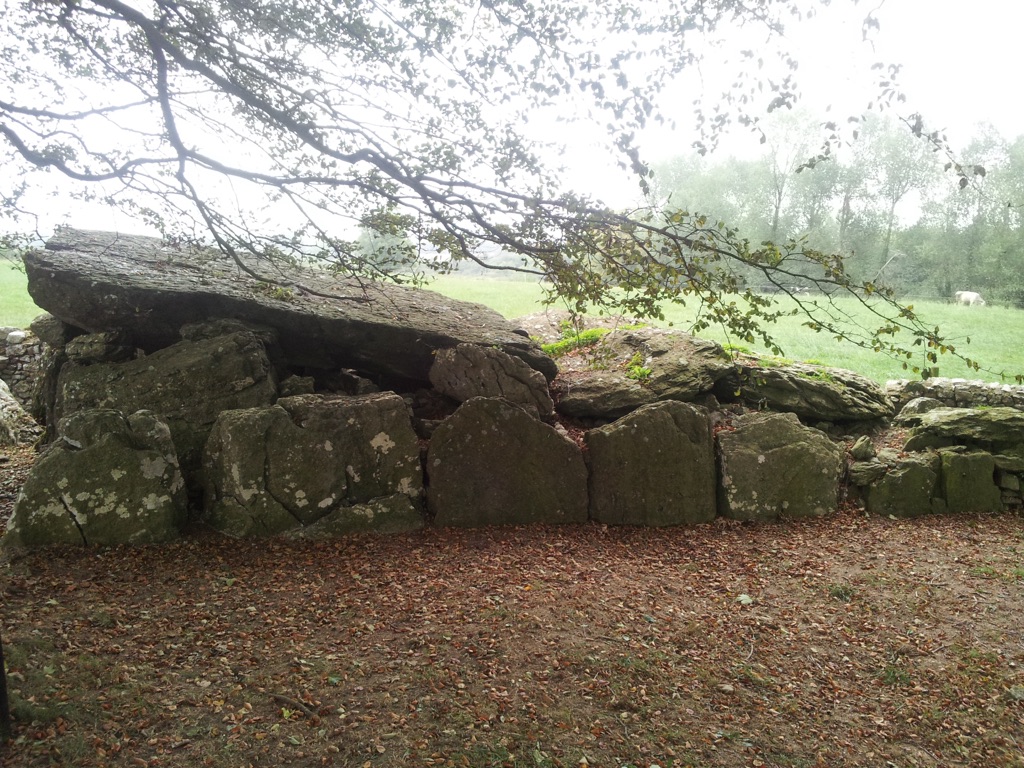
Labbacallee Wedge Tomb
Ireland’s largest wedge tomb, Labbacallee, harbors millennia of history. Its name means “the hag’s bed,” a nod to local lore and the site’s mysteries. Visitors marvel at the structure’s size and its evocative wealth of ancient stories. Nestled near Glanworth, County Cork, Labbacallee offers a tangible connection to Ireland’s Neolithic past. This prehistoric marvel draws scholars and tourists alike, all eager to explore its grandeur and secrets.
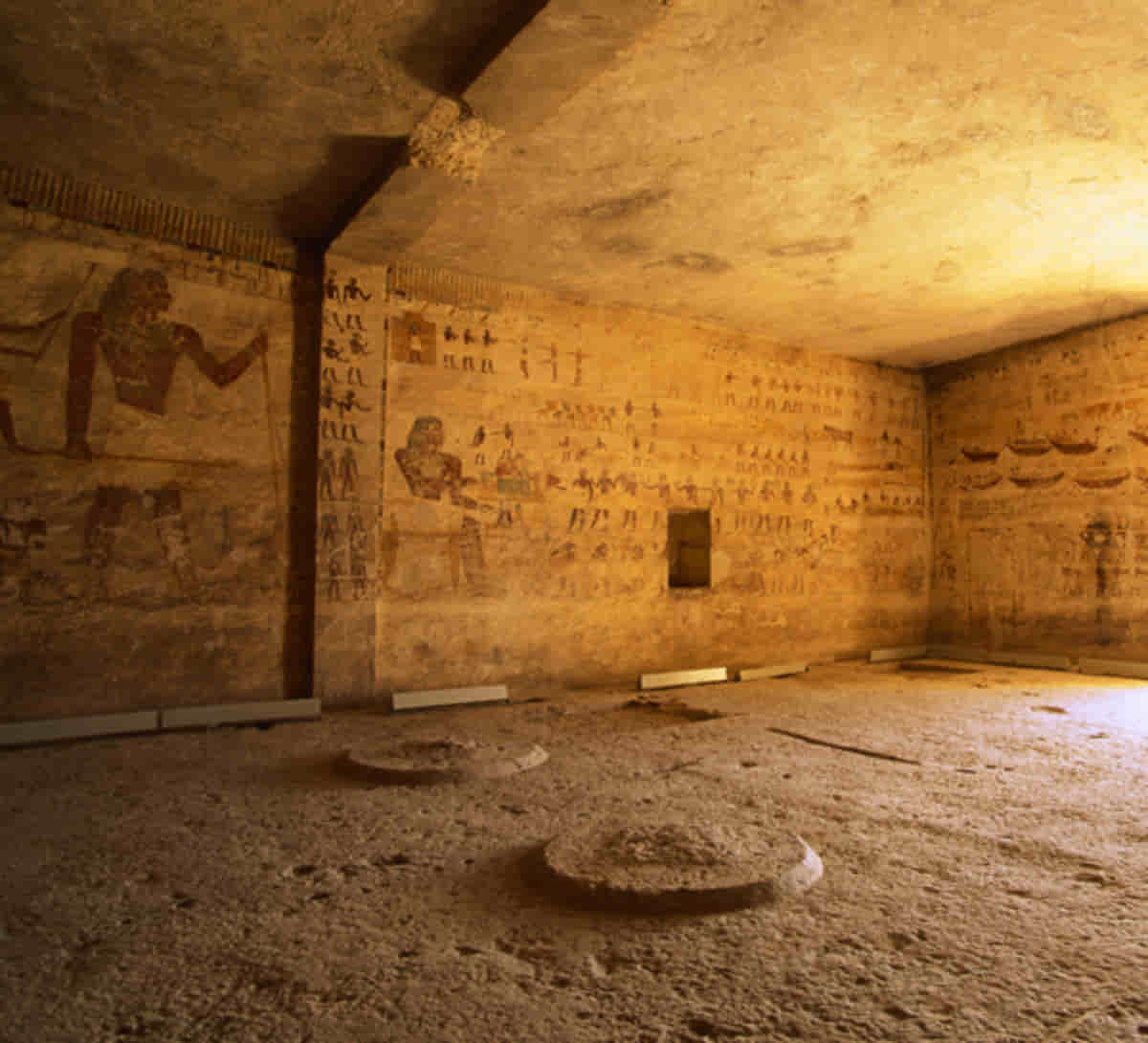
Beni Hasan Tombs
The Beni Hasan Tombs are a collection of ancient Egyptian burial sites located near the modern village of Beni Hasan in Middle Egypt. These tombs, dating back to the Middle Kingdom period (2055-1650 BC), are renowned for their well-preserved wall paintings and inscriptions that provide a wealth of information about ancient Egyptian society, religion, and burial practices. The tombs are cut into the high limestone cliffs on the eastern bank of the Nile and were used as the final resting place for the provincial governors, their families, and other high-ranking officials of the Oryx nome, a region of ancient Egypt.
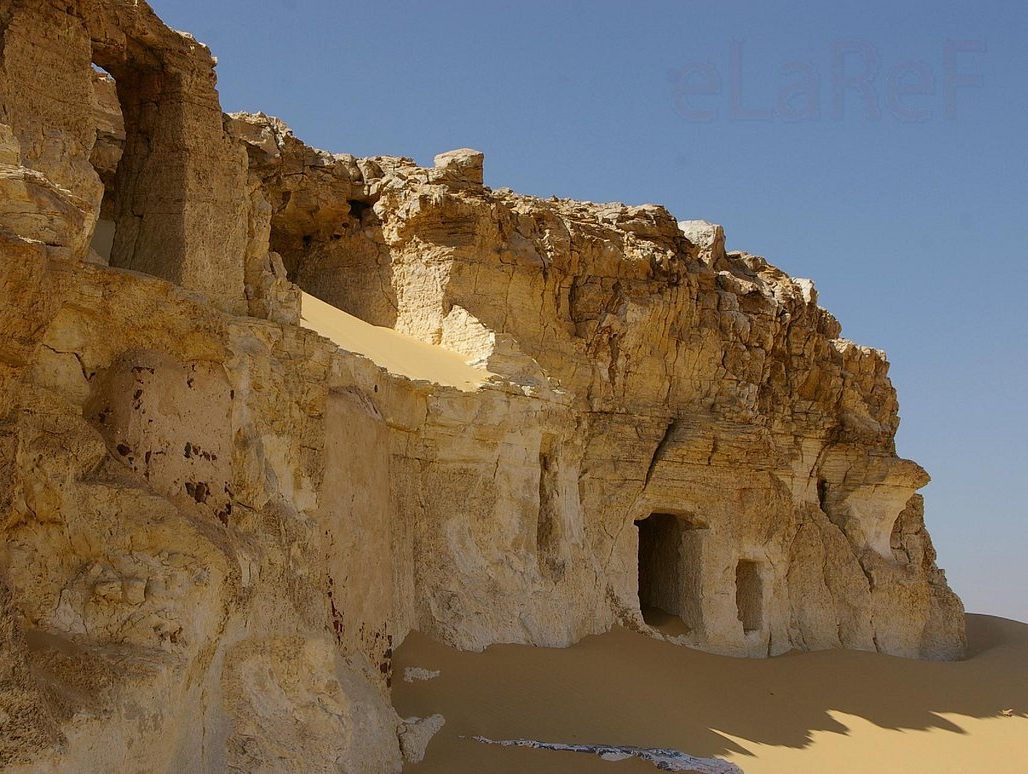
Meir tombs
The Meir tombs are a collection of ancient Egyptian tombs located near the Upper Egyptian town of Meir. The tombs date back to the Old Kingdom and First Intermediate Period, and are known for their beautifully preserved wall paintings. These paintings depict scenes of daily life, offering a unique glimpse into the culture and society of ancient Egypt. The tombs were built for the local nomarchs and their families, and are considered some of the most important archaeological sites in Egypt.
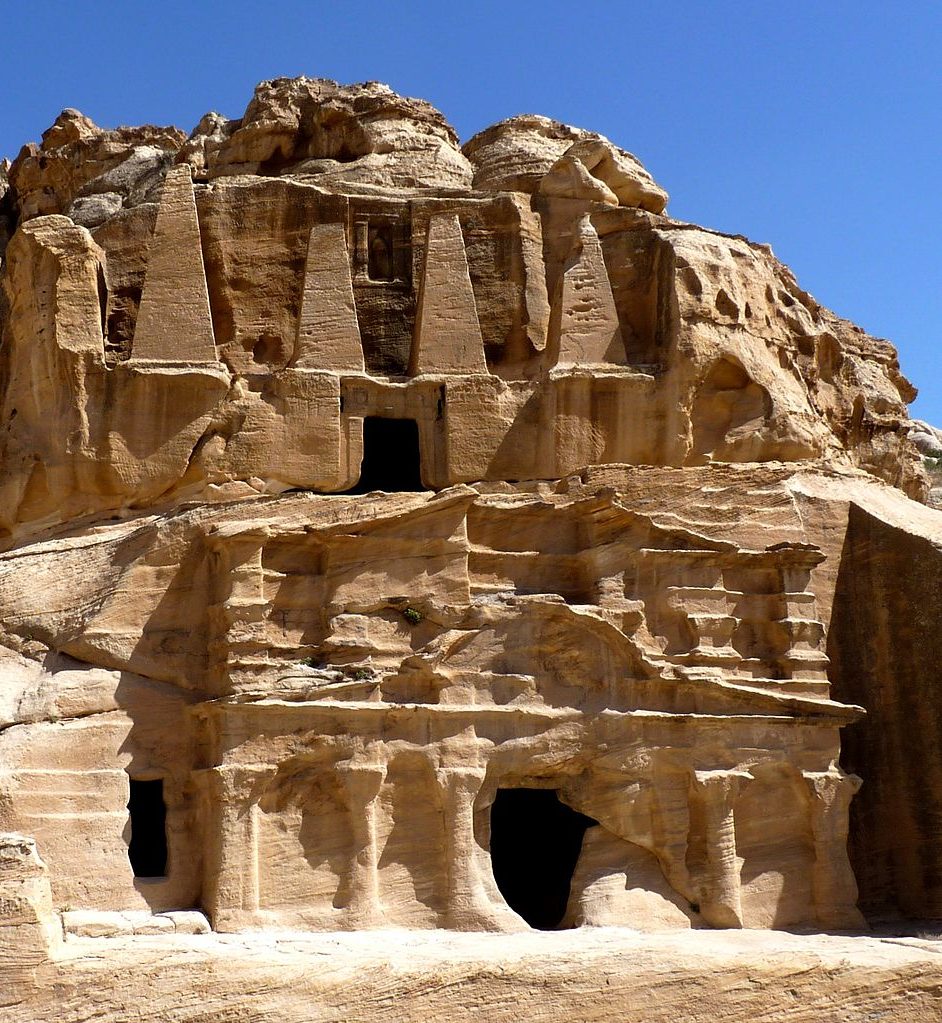
The Obelisk Tomb at Petra
The Obelisk Tomb at Petra stands as an enduring testament to Nabataean craftsmanship and cultural grandeur. Erected more than two millennia ago, this remarkable structure combines a grand tomb beneath four soaring obelisks, signifying a unique blend of native traditions with external Hellenistic influences. This tomb complex not only marks the resting place of the Nabataean elite but also showcases their sophisticated stonemasonry skills, as they ingeniously carved the entire monument out of the rose-colored sandstone cliffs. Its façade, damaged by time yet striking in beauty, continues to capture the imaginations of historians and travelers alike, offering a window into the ancient world of Petra.

